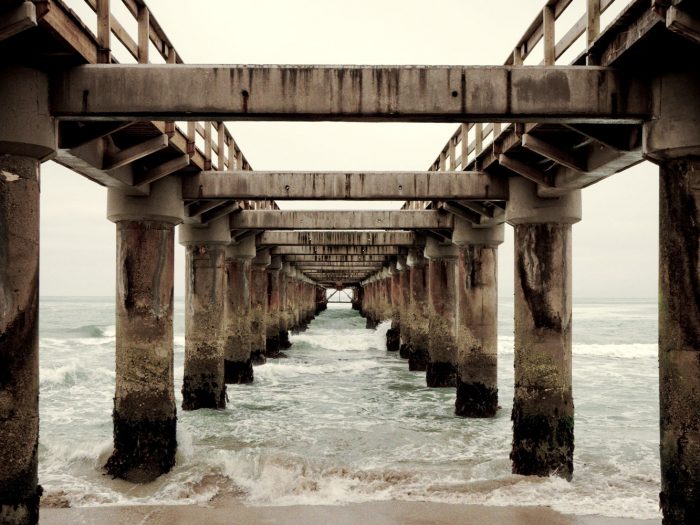Freeports are zones where normal tax and customs rules are changed to encourage economic activity.
In 2020, the government announced plans to create 10 freeports in the United Kingdom to turbo-charge trade following Brexit. These freeports will become hubs for innovation, boost global trade, attract inward investment and increase productivity.
Freeport status offers wider benefits for businesses such as planning reforms, funding for infrastructure improvements and innovation incentives.




